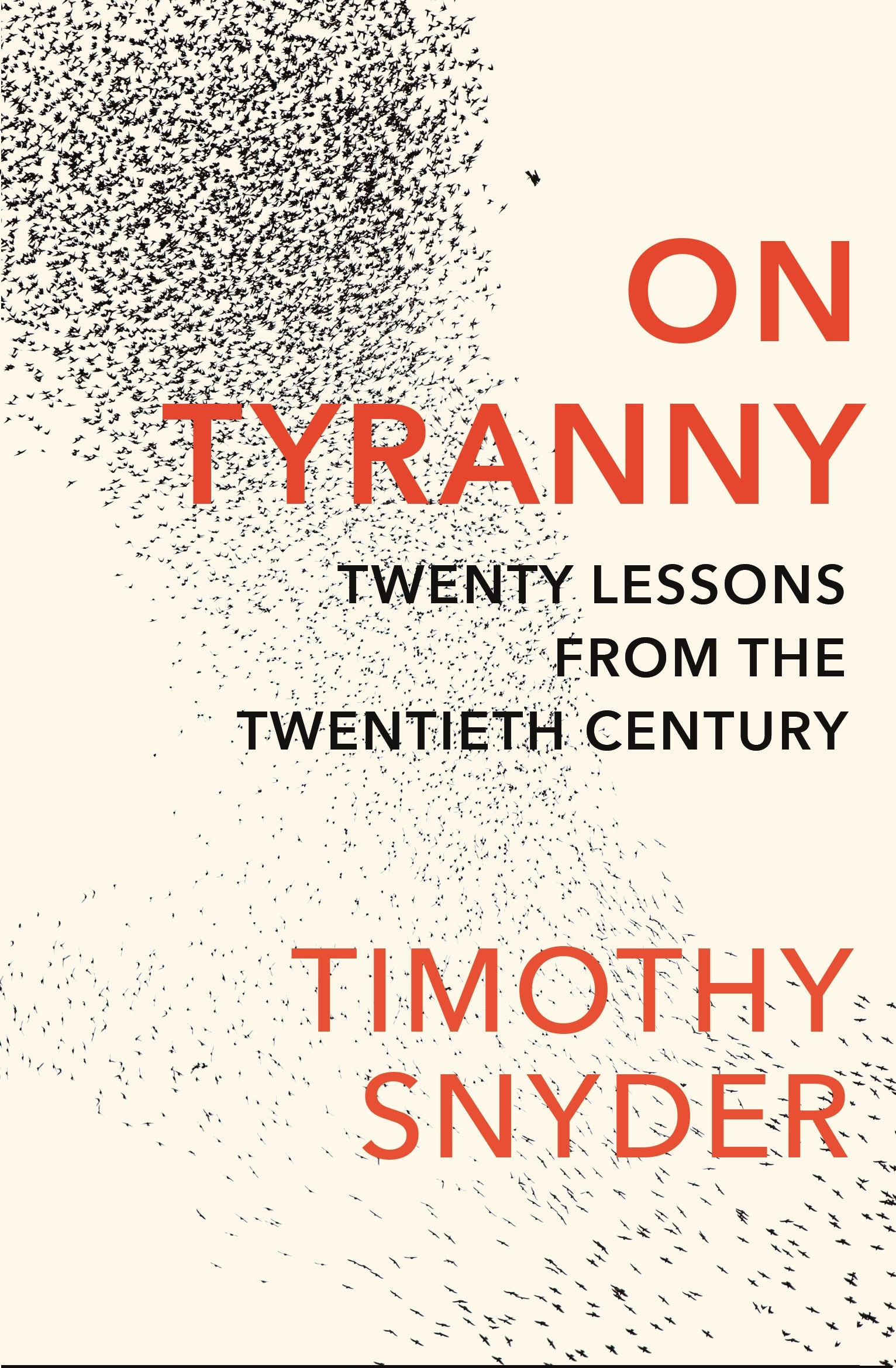


To avoid getting sucked into the groupthink, Snyder encourages you to seek out ways to find and express your own ideas. Their catchy slogans are meant to get caught in our heads. Sometimes it’s hard to avoid the constant noise of the political ads and slogans around us, particularly during election time.
ON TYRANNY BOOK PDF
If you want to save this summary for later, download the free PDF and read it whenever you want.ĭownload PDF Lesson 1: Avoid the news and read more books if you want to be smarter than the masses that succumb to political agendas.
ON TYRANNY BOOK HOW TO

It was almost like they believed history could move in just one direction: toward democracy and reason.īut letting our guard down meant clearing the way for some of the problems of history to return. Now they were enlightened and working toward a globalized, prosperous society. Far behind were the times of Fascism, Nazism, and Communism. Up until recently, Americans mostly believed that the future would continue to bring progress. (Oct.Listen to the audio of this summary with a free reading.fm account*: Cautioning against the “politics of inevitability,” this gorgeously illuminated edition is as hopeful as it is ominous. Among the concluding images are photos of the Statue of Liberty under construction: large and delicate, built and maintained only by collective work. Snyder effectively argues that tyrannical regimes exploit fear and relies on complacency-with updated references to Covid-19 and the Black Lives Matter protests of 2020. To Snyder’s point that lazy media coverage removes context, a picture of a kitten is cut from a circus background and pasted on a postcard of a bleeding, dead deer. Krug manipulates photos, postcards, and commercial artwork to create an uncanny-valley effect alongside elegant pencil and watercolor work. Looking at Europe in the years leading up to and after the world wars, and the rise of Russian oligarchy in the 1990s, Snyder notes that “both fascism and communism were responses to globalization.” His advice occasionally reads as wishfully simplistic (do things you enjoy because it’s part of creating a civil society), but his analysis is prescient (“We are seduced by the notion of hidden realities and dark conspiracies that explain everything”). NBCC Award–winning artist Krug ( Belonging) adapts Snyder’s 2017 bestseller into a graphic edition, with intricate, eerie collages that interpret historically informed “lessons” offered in response to the implicit “What can I do?” that followed the 2016 presidential election.


 0 kommentar(er)
0 kommentar(er)
